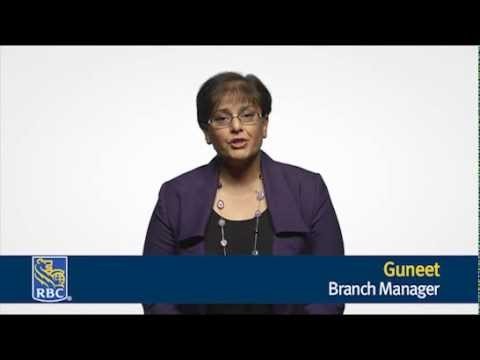Should you borrow money to invest in your RRSP Today s Parent
Post on: 18 Июль, 2015 No Comment

Image: Raymond Biesinger
So you haven’t saved a cent for retirement since your first child was born. You know the deadline for 2011 tax year contributions is February 29 – but finding the money is a constant struggle. You feel your RRSPs are falling farther and farther behind, and you’re looking for alternatives.
Is borrowing to invest in your RRSP a good idea? For some families it can be. Chances are good that the contribution will earn you a tax refund large enough to cover the interest on your loan and make a big dent in the principal. Plus, the money you invest inside your RRSP will grow tax-free until you retire. Still, Rosanna de Jong, a manager of Financial Planning with RBC Financial in Edmonton, Alta. advises families to think carefully before borrowing to invest. “Every situation is different,” she says. To help make your decision, she recommends getting advice from a financial planner to sort through your family’s financial goals. (You can consult with one through your bank for free.) If you’re young and using a lot of your household income to cover daycare costs, for example, perhaps you’ll decide those RRSP contributions can wait a few more years.
Consider borrowing if:
- Interest rates are low – as they are right now. You don’t want to pay more interest on your loan than you’ll earn on your investments. Whether you plan to take out a line of credit, a basic personal loan or a loan specifically designed for catching up on RRSP contributions, shop around for the best rates.
- Your tax refund will pay down all the interest and a chunk of the principal on your loan.
- You can pay off your loan within a year. Otherwise, interest will add up and you may not come out ahead.

Don’t borrow if:
- You’re already struggling financially. “When you have debt and aren’t able to pay that down, that’s what you need to focus on first,” de Jong says.
- You’ll be putting your home at risk. If you use a home-equity line of credit to make your RRSP contribution, keep in mind that you are using your home as collateral. If you can’t pay back the loan, you could lose your house.
- Your financial situation will change soon. You may be cash-strapped now because you’re living on one income, but if you know that will change in a year or two, it may be best to wait.
What might an RRSP loan look like?
Let’s say you decide to take out a $2,500 loan this year, at an annual interest rate of 3%, to make a contribution to your RRSP. How will that work out, assuming your annual family income is $85,000 before taxes and your investment grows at a modest 6% rate of return?
You can expect your RRSP contribution to generate a tax refund of about $1,000 (you may qualify for other tax credits that bump up your refund even more). If you put the entire $1,000 toward paying down your loan, and pay back the remainder within a year, your total interest payments on the loan will come to only $25.52.
Considering your investment will have grown to $2,599 by the time you’ve paid off the loan, that’s not bad. And if you do the same thing annually, in 20 years you’ll have saved nearly $67,000.














